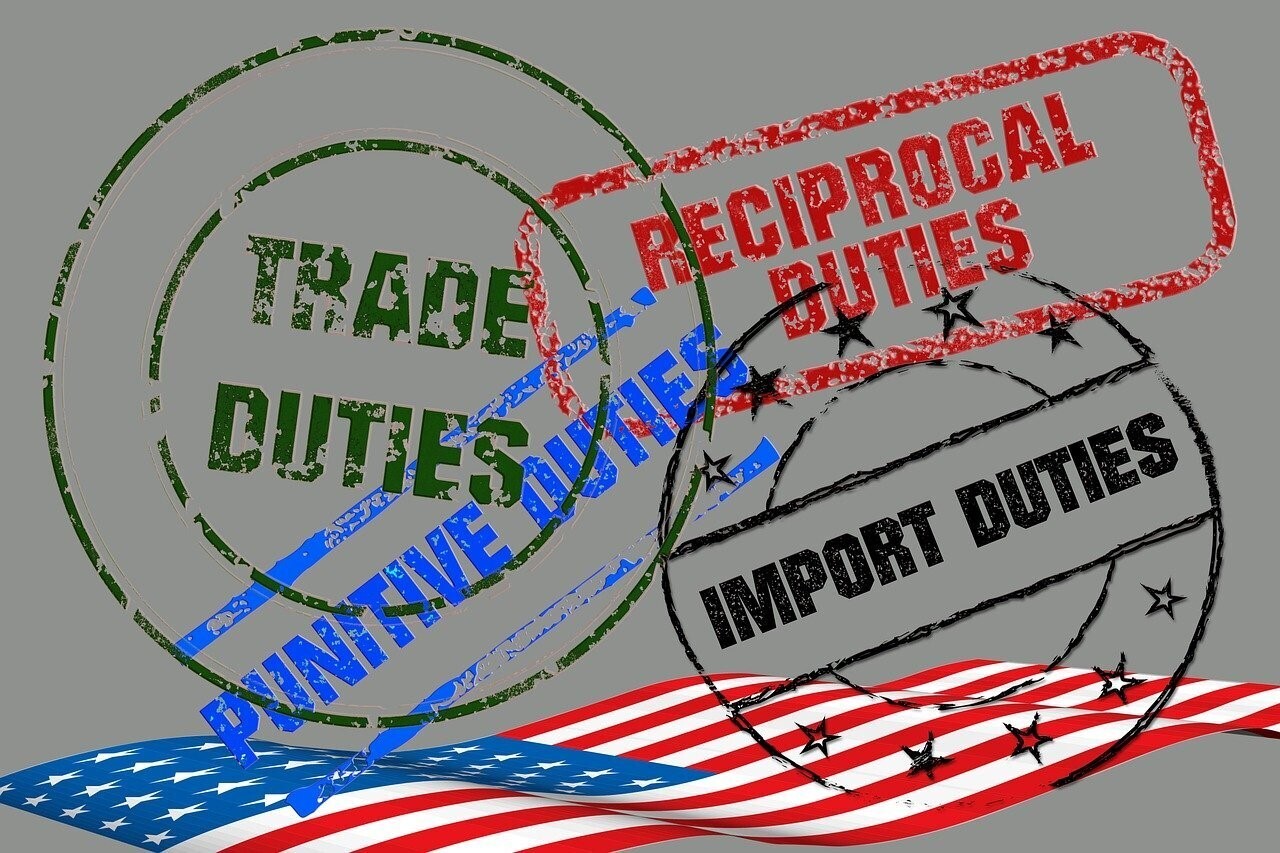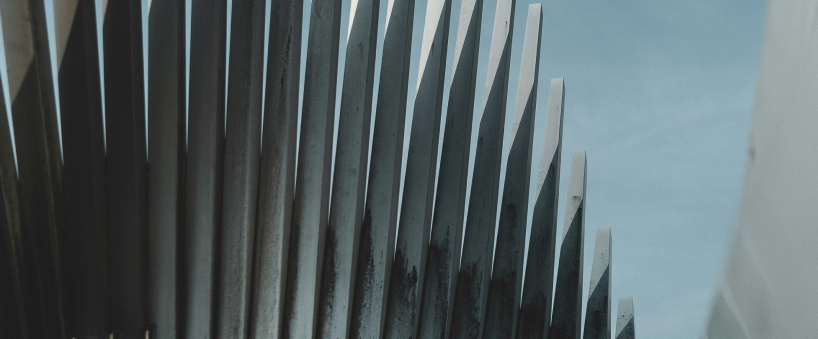

“Tariff is the most beautiful word in the dictionary,” Donald Trump once declared. That wasn’t a throwaway line, but what seemed to be a transnational battle cry. Six months into his second term, the former and now current US President has turned the word into a policy instrument of unparalleled weight. And as of this week, the tariffs keep coming, swelling in scale, reach, and global consequence.
{alcircleadd}
Image for representational purposes only
On July 9, Trump expanded his tariff net further, issuing formal notifications to seven new countries — Algeria (30 per cent), Iraq (30 per cent), Libya (30 per cent), the Philippines (20 per cent), Brunei (25 per cent), Moldova (25 per cent), and Sri Lanka (30 per cent) — warning that reciprocal duties on all goods from these nations will take effect from August 1, 2025. These join 14 others already hit with reciprocal tariff rates ranging between 25 per cent and 40 per cent. After these countries received the respective letters, the US announced a 50 per cent tariff on the neighbouring country, Brazil, the highest tariff imposed among all. However, tariff imposition upon Brazil is speculated to stand upon a whole different reason. More letters are expected. The President confirmed this personally in a Truth Social post, stating, “As per letters sent to various countries yesterday, in addition to letters that will be sent today, tomorrow, and for the next short period of time, TARIFFS WILL START BEING PAID ON AUGUST 1, 2025.”
But the key question echoing across boardrooms, shipping yards, and global supply chains remains: What goods exactly are being tariffed? And who, ultimately, pays the price?
Let’s be clear. Aluminium is not on the new hit list. And, for good reason. It’s already under a 50 per cent Section 232 tariff invoked on the grounds of national security. The same goes for steel. Trump’s trade architects consider these metals a done deal. In fact, the recent round of reciprocal tariffs explicitly excludes aluminium, steel, and copper (which is now also slapped with its own 50 per cent tariff but under a separate order), not the current reciprocal actions.
Responses








